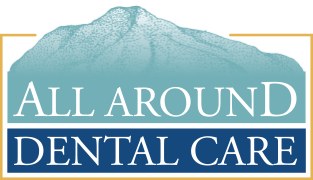
Getting crooked teeth or a bad bite fixed isn’t just about vanity. A less-than-perfect smile can put you at risk for both dental and overall health issues. Getting your teeth straightened can benefit more than just your appearance!
While no one’s teeth are quite the same, they are all intended to fit together a certain way. When the upper jaw and lower jaw don’t meet up properly, it can a number or problems:
Tooth Wear – Teeth that are overcrowded, have too much space between them (large gaps) or are misaligned (twisted or slanted) can cause uneven wear on the tooth surfaces, which will weaken them over time.
Poor Chewing Ability – Foods that others happily munch through may leave you frustrated or chewing for a long time. With crooked teeth, your bite may not meet up all the way, leaving a gap between biting surfaces that makes grinding or cutting your food difficult. Trouble chewing may end up affecting your food choices and nutrition.
Ineffective Oral Hygiene – Improperly aligned teeth can cause lots of strange nooks and crannies for debris and plaque to hide in. When teeth are crowded or at odd angles, it can be hard to get a toothbrush or toothpaste into those spaces. As a result, people with crooked teeth may be leaving bacteria and food particles behind even if they think they’re being thorough.
Jaw Muscle Strain – If your bite doesn’t line up your jaw may end up trying to compensate by changing the motion of your chewing. This can end up straining your teeth and your craniofacial muscles (muscles of the head and jaw). This could eventually lead to chronic pain issues such as TMJ disorder.
Low Self-Esteem – Hiding your smile or avoiding laughing and smiling around others is another consequence of crooked teeth for some people. Self-esteem can have impacts on mental health and social interactions, but many patients anecdotally report feeling more confident once they’re teeth are straightened.
If this seems like a long list of problems, don’t be alarmed. The good news is that one treatment plan can usually address or prevent all of these issues at once. When a patient gets braces, clear aligners or a retainer, the treatment plan isn’t just about aesthetics, it will also adjust the bite and the jaw to make sure everything fits together the way it should.
